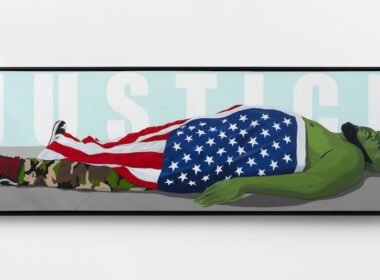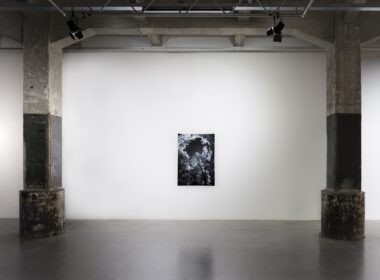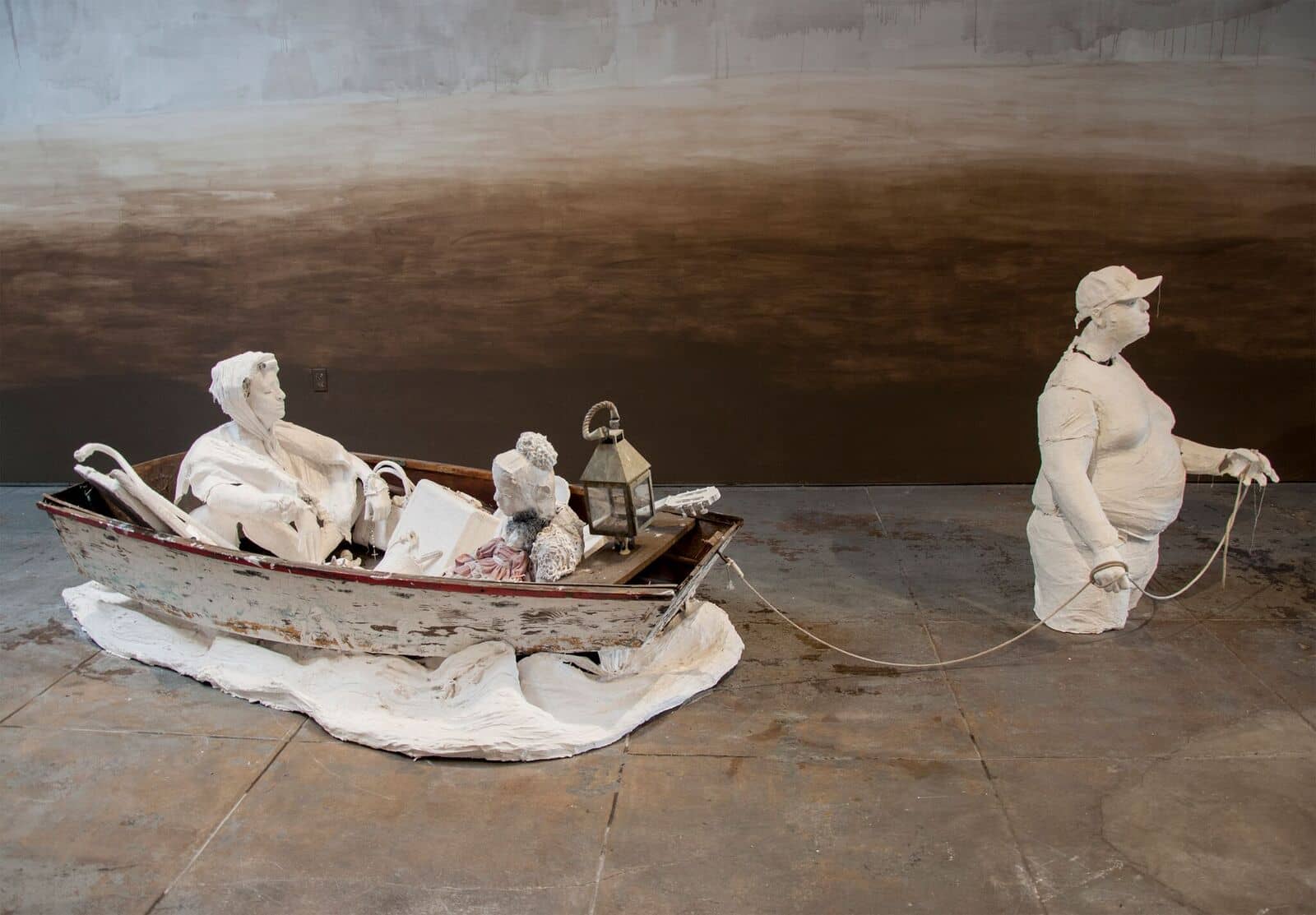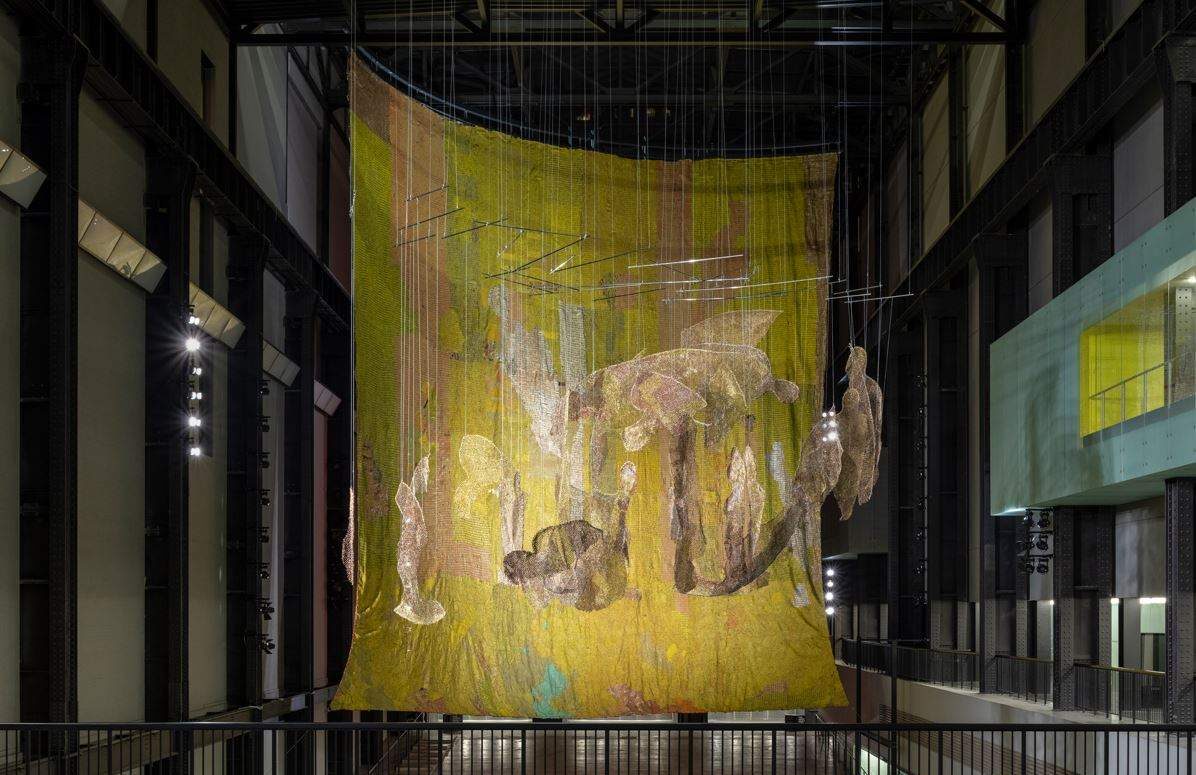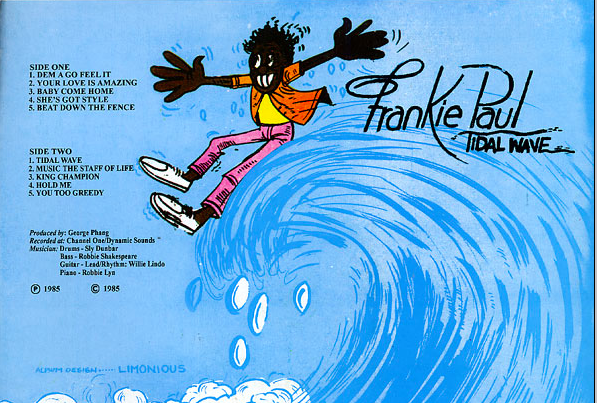Above: Karon Davis. Noah and his Ark, 2018
46 x 155 x 50 in
Wooden rowboat, various found objects, Plaster strips, chicken wire, steel armature, glass eyes
When most people turn on the news these days, they are inundated with graphic images and oversaturated coverage of violence, political upset, crimes against humanity, and natural disasters. Even worse, many of these images often go viral mainly in part to social media so many have to relive terrible moments over and over again. With the heaviness of the news, it is refreshing to turn to art and its unique interpretations of human and social conditions. Visual artist, Karon Davis, beautifully renders her interpretation of disaster and loss in her recent solo show Muddy Water at Wilding Cran Gallery in Los Angeles, CA. With a title name inspired by the famous 1927 song “Muddy Water” by Bessie Smith has written about the Great Mississippi Flood, Davis’ show explores her feelings about survival and the significance of people and possessions in our lives.
Recently, in California, there have been a series of devastating fires. Several California communities are entrenched in beautiful hillsides and mountains covered in dry brush and trees that in one instance can shift from beautiful landscapes to life-threatening danger. Davis fell victim to this danger as she was forced to evacuate her home during the 2017 Thomas Fires in California which burned over 280,000 acres of land causing unprecedented property damage and loss. Davis’ displacement and loss inspired the work in Muddy Water which casts a light on the experiences of people in the face of a crisis.
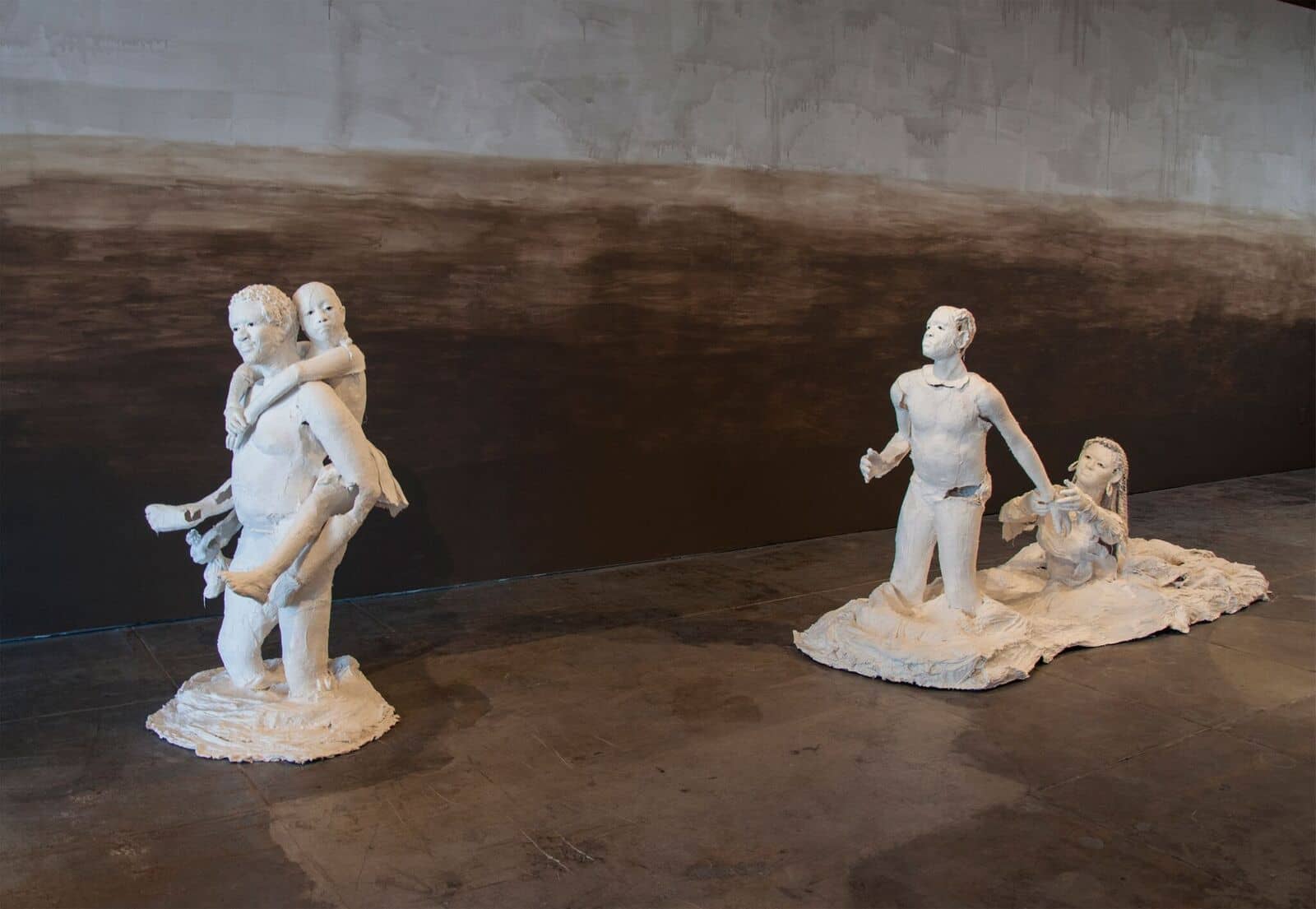
Karon Davis, Muddy Water installation view courtesy of Wilding Cran Gallery
Left, James and Baby Girl Star, 2018. Right, Beth and Solomon, 2018.
Davis fills the gallery space with about a dozen full-scale plaster cast figures each in various stages of escape and survival. These figures range from a small child to elderly man. Juxtaposed against a gradient mud colored wall and floor, the whiteness of the plaster provides a warm contrast and elicits a feeling of surrender to the forces of nature along with a faith and hope toward the path of survival. Had the show been set against the standard white gallery wall space, I doubt it would have had the same grounding effect.
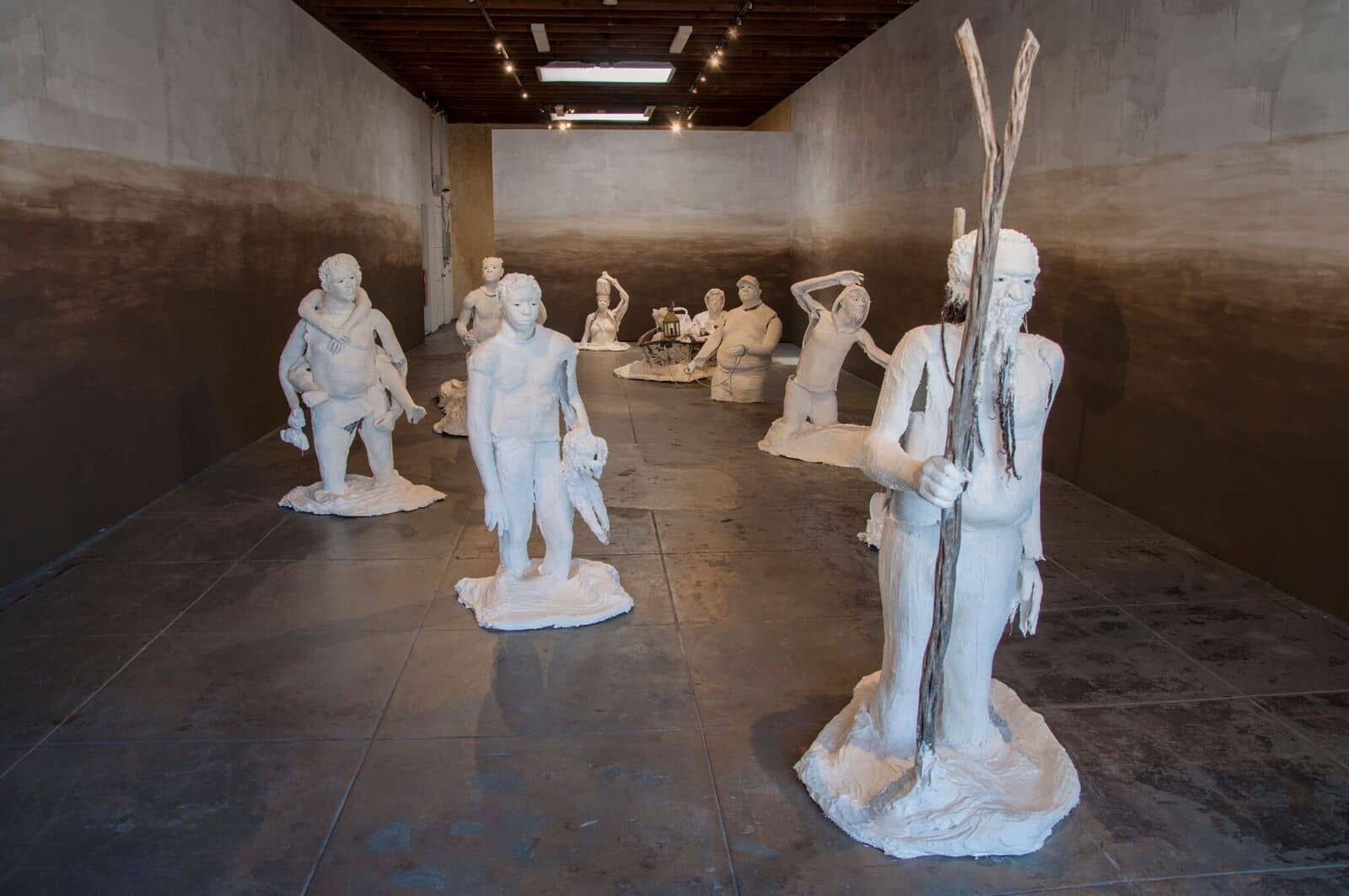
Karon Davis, Muddy Water Installation View courtesy of Wilding Cran Gallery
As a Native Californian, I distinctly remember the 1994 Northridge Earthquake, one of the worst in the state’s recent history. In response to the devastating aftermath of the earthquake, schools revamped emergency drill lessons in order to be prepared for “the big one”. As a child during that time, I imagined how I would duck down being sure to cover my head or stand between a doorway and look for clear space. Later, we learned about hurricanes and tsunami, and in the wake of Hurricane Katrina, I thought about the youngest victims. Did the children in New Orleans have school hurricane drills? Even with advance warning, many people couldn’t beat the hurricane, and the media incessantly posted graphic images of families trapped in their homes desperately seeking help knee deep in water with their life’s possessions floating right past them. It’s hard to forget the moment in 2005 during a live telethon to raise money for Katrina victims when the notorious Kanye West controversially called out then-president Bush stating, “George Bush doesn’t care about black people”. In Muddy Water, Davis’ recalls West’s divisive statement with an added update by titling one of her installation pieces “George Bush doesn’t care about black people….and neither does Trump”. This piece features two sculptures of boys on a rooftop, seemingly above the floodwaters. One sits pensively while the other stands pointing at something in the water. The work begs the question of how these children will survive and who will come to their rescue.
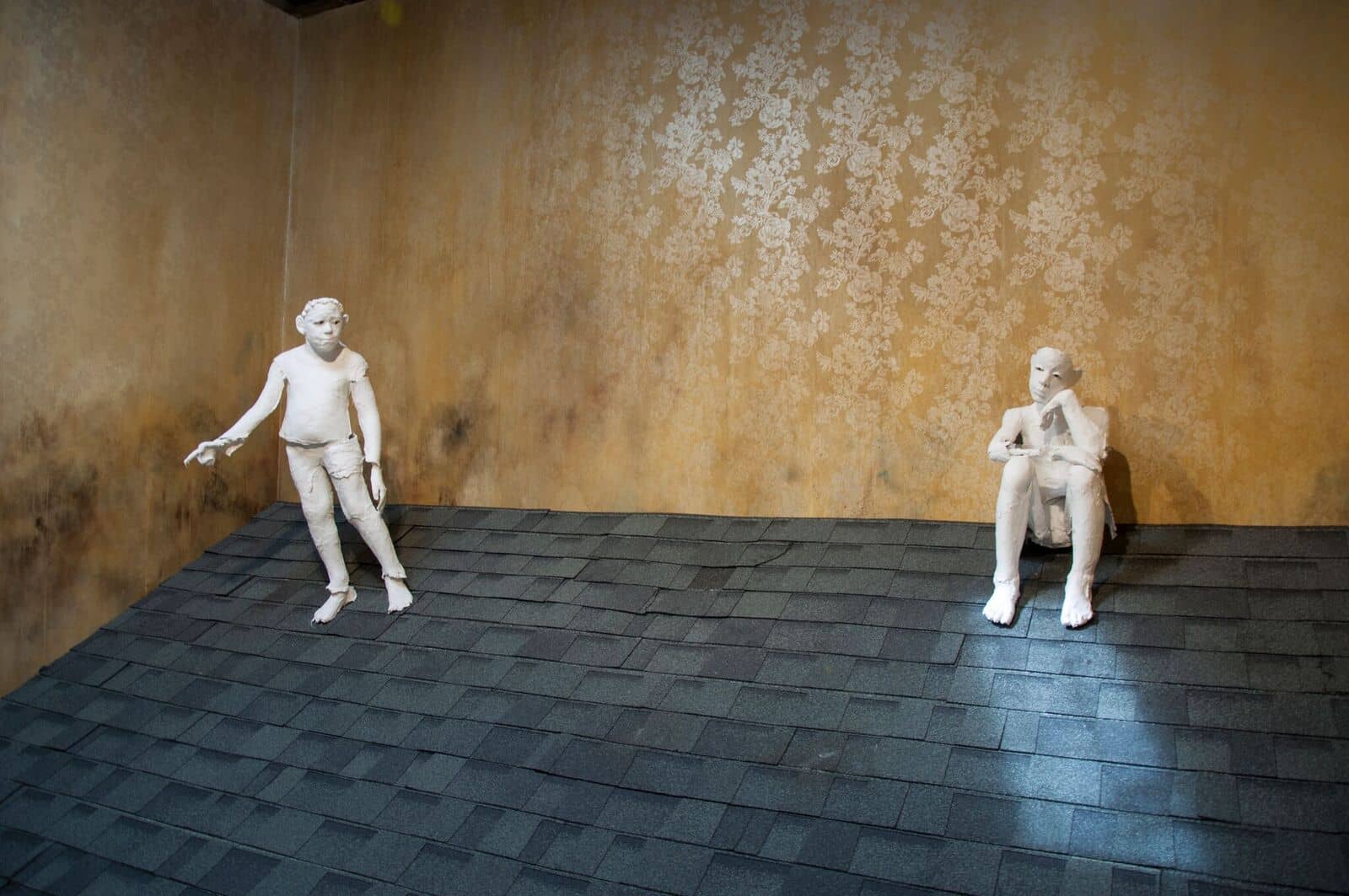
Karon Davis, George Bush doesn’t care about black people….and neither does Trump, 2018
dimensions variable
Plaster strips, chicken wire, steel armature, glass eyes, wood, distressed wallpaper, plywood, roof shingles
One of the most poignant pieces in the show, “Noah and his Ark”, features a portly man knee deep in the water pulling a small boat with a woman and child and other small possessions including a light, guitar, suitcases, and other small household items. The woman on the boat wears rollers in her hair covered by a scarf and carries a rosary necklace while the child carries a baby doll. The femininity and daintiness of the woman and girl alongside the “Noah” who could be the father, husband or a complete stranger trying to help raise the question of who and what we hold dear to our hearts and what we need to set up our lives on the other side of the disaster.
In addition to displacement and migration, Davis’ work also exquisitely channels a psychological moment – the moment where we can either sink or swim. In the face of impending doom, we are faced with the arresting decision to escape, run, jump — survive. As I made a few laps around the gallery space, I felt heavy with emotion thinking about the countless people who don’t make it out alive and those who are still suffering in the aftermath of recent natural disasters in places such as Puerto Rico, Houston, Haiti, and Indonesia to name a few. However, standing at the back of the gallery looking at the figures facing out toward the street, I felt a glimmer of hope. Who knows where the figures in Davis’ show will end up? What we do know is that the journey to freedom, safety, success, and joy is often paved with sacrifice and hardship and is something we can all relate to.
Muddy Water is on view at Wilding Cran Gallery through November 4, 2018, and marks Davis’ second solo show at the gallery. Her first solo show “Pain Management” in 2016 was a tribute to her late husband, the artist Noah Davis. In both shows, Davis incorporates full-scale plaster figures and poignantly encapsulates (literally and figuratively) the emotions and postures of those in stages of survival, mourning, and loss. Davis is also the co-founder of The Underground Museum, a cultural hub focused on highlighting the diversity and increasing access to the arts.
Wilding Cran Gallery is located at 39 South Santa Fe Ave, Los Angeles CA 90021. For more information on the show and Davis’ work, visit www.wildingcran.com.



